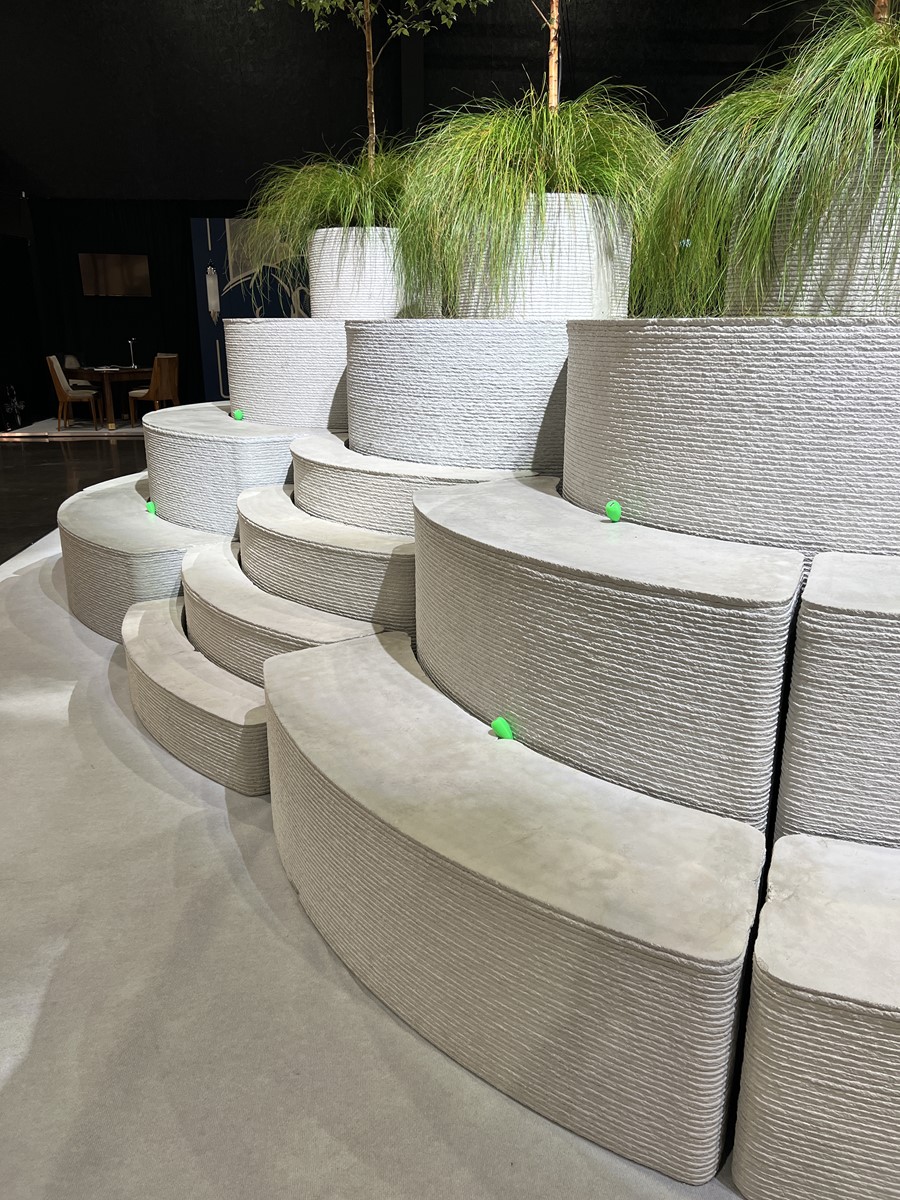Materials of the future: Graphene and concrete
Graphene is at once strong and light, thus it can be a great reinforcement material for the construction industry.
The construction industry is growing due to the increase in population and rapid urbanization. However, it also faces significant hurdles in reducing its carbon footprint, especially the footprint linked to cement-based products. When making cement, which is used to bind traditional concrete and mortar, limestone and other materials are heated to around 1,480 degrees Celsius. This process results in the release of large amounts of carbon dioxide into the atmosphere. If the construction industry were a country, it would rank third for emissions, after the US and China.
By integrating graphene into concrete, engineers and architects can create structures that require less material, while still achieving the same structural performance as traditional concrete. Graphene-enhanced concrete is 2.5 times stronger and 4 times less water permeable than standard concrete. It uses much less cement to deliver the desired strength. As a result, it is expected to reduce CO2 emissions by 30%.
The world’s first 3D printed construction using graphene-enhanced concrete
In March 2022, Graphene Flagship partner Versarien unveiled the world’s first 3D-printed construction with graphene-enhanced admixture, trademarked as Cementene™. Then in September 2022, the company presented a low-carbon artwork, Island Steps, created in collaboration with designer Steuart Padwick and presented at Design London.
The Island Steps were built without the use of cement. Instead, Cementene™ was utilized to enhance the strength and durability of the mortar used in construction. This has resulted in a robust and hollow structure that can be conveniently built either on or off-site and then transported to its intended location.
Smart structures and more futuristic ideas
Beyond strength, researchers try to take advantage of graphene’s conductivity to create walls, wallpapers and floors heated without cables. In 2019, cement producer Italcementi displayed a multi-layer floor mock-up at the 2019 Mobile World Congress in Barcelona, Spain. It included a layer of graphene-cementitious composite along with sub-flooring, polystyrene insulation, a concrete slab, bedding mortar and ceramic tiles.
Smart concrete could usher in a new generation of smart buildings. Thanks to graphene’s conductivity and thermal properties, it is possible to deploy smart sensors across entire surfaces for the real-time monitoring of stress, deformations, temperature and humidity in civil infrastructure, providing warning signals if the structural integrity is close to failure.
Graphene concrete's heat and electrical conductivity inspire other potential applications. It may help de-ice airport runways, roofs and roads, lead to more cost-effective wireless charging of electric vehicles, anti-static flooring and electromagnetic interference (EMI) shielding.
Graphene and ceramics
Graphene additives are important fillers that increase the wear resistance, thermal quality, ability to withstand cracking and conductivity of ceramic matrices.
Mimicking bone
The Graphene Flagship Partnering Project CERANEA, funded through FLAG-ERA Joint Transnational Call 2017, explored the properties of materials made of stacks containing graphene, hexagonal boron nitride (hBN) or other layered materials, as well as ceramics, such as silicon nitride, silicon carbide and zirconia. These materials are more resistant than current ceramics against damage caused by electrical arcing, so can be used as long-lasting coatings for contacts and switches.
Furthermore, composites with graphene, silicon nitride or silicon nitride-zirconia are being studied as novel biomedical implants in orthopaedics. Varying amounts of graphene in the ceramics-graphene composite result in different porosity that mimic the natural morphology of natural bone.
References:
Roller disco vs climate change: how graphene is transforming the construction industry https://www.manchester.ac.uk/discover/news/roller-disco-vs-climate-change--how-graphene-is-transforming-the-construction-industry/
Versarien “Graphene for the construction sector” white paper 2021 https://www.versarien.com/files/5716/3050/8952/White_Paper_-_Graphene_for_the_construction_sector_-_final_version.pdf

Detail of 3D printed Island Steps, build with Versarien's trademarked product Cementene.
Versarien is driving this innovation and we look forward to seeing the impact this technology can have on the world around us.
CEO Versarien

Italcementi's Mobile World Congress multi-layer floor mock-up showcasing its electrically-conductive graphene.




